What You Need To Know About NISP
FCLWD currently receives water from the North Poudre Irrigation Company, Colorado-Big Thompson (C-BT) project, Josh Ames, Divide Canal and Reservoir Company, and Tunnel Water Company. While these sources allow us to meet current demand, by 2032 we will need an additional 8,000 acre-feet of water for our growing service area. To close the anticipated gap, FCLWD is looking to other water source options, including joining 14 other local cities, towns, and water districts on a collaborative water supply project.
What is NISP?
NISP stands for Northern Integrated Supply Project. Through efforts led by Northern Water, NISP will deliver sustainable water to meet the needs of a growing and vibrant Northern Colorado. NISP will provide a secure water future, enhance recreation, support environmental and wildlife stewardship, improve safety and reliability, and reduce water waste.
Following a rigorous multi-year state and federal environmental permitting process, the U.S. Army Corps of Engineers will soon issue its Record of Decision, or ROD. This document will make the agency’s decision final, identify all the alternatives considered, and finalize mitigation plans, along with monitoring and enforcement of conditions and commitments.
Read more about NISP at the project website: www.nispwater.org.
Why is the FCLWD Participating?
The District is participating in NISP as one of many tools to close the anticipated gap between current supply and future demand. While conservation and efficiency efforts have and will continue to play an important role in our planning and pricing structure, based on growth projections, the District needs to add additional water resources to its portfolio. By participating in this collaborative regional water supply project, we’re developing a long-range strategy that ensures we can secure our water future.
Our goal as a district is to ensure that each and every one of our customers has access to high-quality water at an affordable price. This doesn’t rely on just one tactic; we also consider drought conditions, conservation and a tiered rate structure.
How can you get involved?
- Take some time to explore the NISP website to gain a better understanding of the project.
- Do your part at home to be more efficient with your water usage and help reduce demand. We’ve gathered helpful tips for water conservation that only require small changes – which add up to a big impact!

